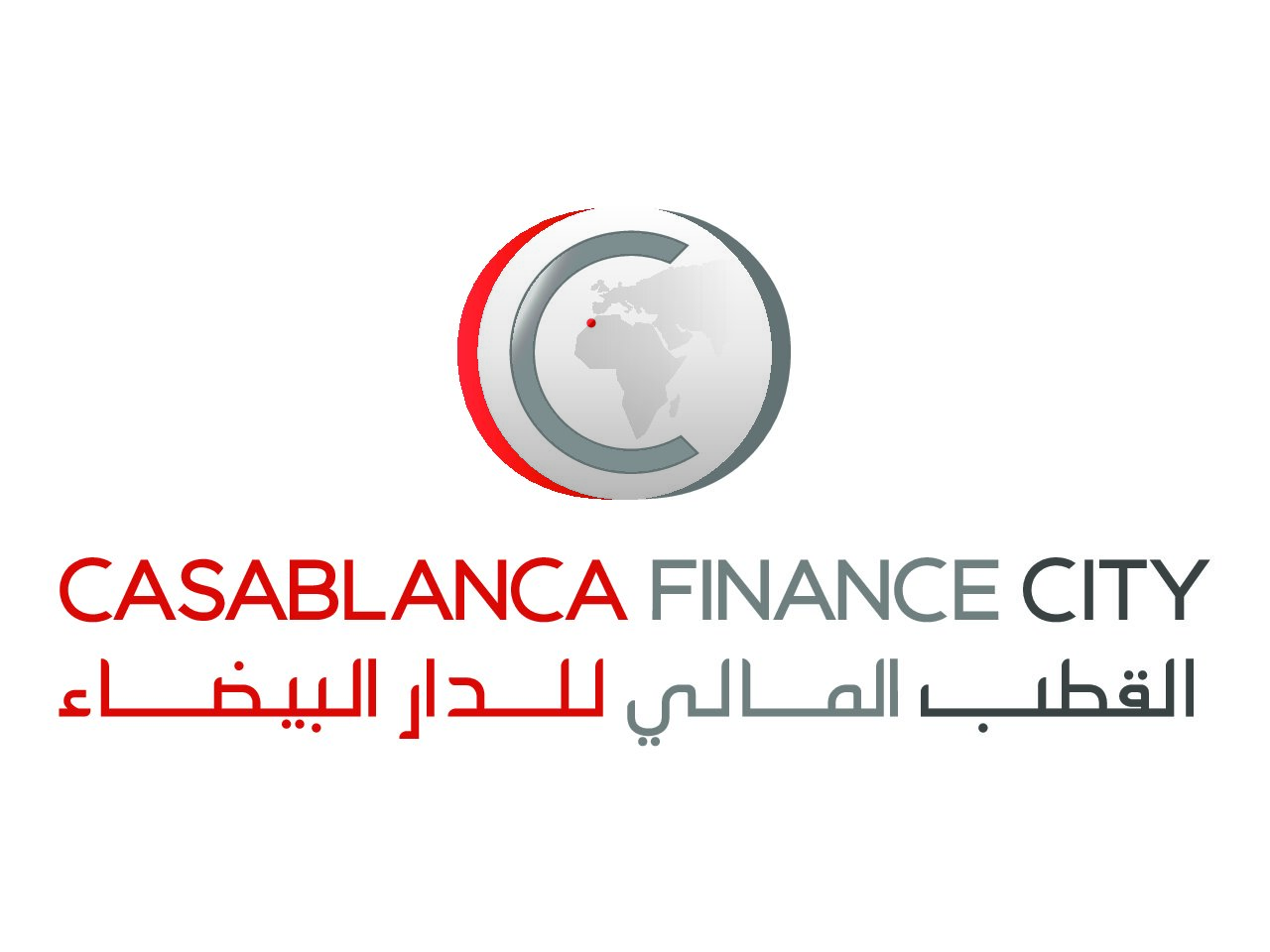Securing Financial Backing for Mining Ventures
Securing financial backing is a critical step in launching and sustaining mining ventures. The mining industry, with its high capital requirements, presents unique financing challenges.
This article aims to guide you through the complex landscape of mining finance. We’ll explore traditional and alternative financing options, from bank loans to venture capital.
We’ll also delve into the role of government and institutional support in mining projects. Innovative funding mechanisms, such as royalty and streaming agreements, will be discussed.
The importance of due diligence and feasibility studies in attracting investors cannot be overstated. We’ll provide insights into crafting a compelling case for potential investors.
Finally, we’ll navigate the risks and challenges in mining finance, including commodity prices and regulatory compliance. Whether you’re a mining entrepreneur, an investor, or a financial analyst, this guide offers valuable insights into securing financial backing for mining ventures.
Understanding the Mining Industry’s Financial Landscape
The mining industry is capital-intensive. It requires substantial upfront investment for exploration, development, and operation. This makes securing financing a crucial aspect of any mining venture.
Traditional sources of finance, such as bank loans and equity financing, have long been the backbone of mining finance. However, these options come with their own set of challenges. For instance, bank loans often require tangible assets as collateral, which may not be readily available in the early stages of a mining project.
Equity financing, on the other hand, involves issuing shares to raise capital. While this can provide significant funds, it also dilutes ownership. This can be a deterrent for mining entrepreneurs who wish to retain control over their ventures.
In recent years, alternative financing solutions have gained traction in the mining industry. These include venture capital, joint ventures, and innovative funding mechanisms like royalty and streaming agreements. Understanding these options and their implications is key to securing the right financial backing for your mining venture.
In the following sections, we’ll delve deeper into these financing options, providing you with a comprehensive guide to navigating the financial landscape of the mining industry.
Traditional Financing Options for Mining Ventures
Traditional financing options remain a popular choice for mining ventures. These options typically include bank loans and equity financing. Both have their advantages and drawbacks, and the choice often depends on the specific circumstances of the mining project.
Bank loans provide a significant amount of capital without diluting ownership. However, they require collateral and come with interest payments. On the other hand, equity financing involves selling shares of the company to raise funds. This method can generate substantial capital, but it also dilutes ownership.
Bank Loans and Credit Facilities
Bank loans are a common source of financing for mining ventures. They provide a lump sum of capital that can be used for various purposes, from exploration to operation. However, securing a bank loan requires a solid business plan and often tangible assets as collateral.
Interest rates and repayment terms vary depending on the financial institution and the risk profile of the mining project. It’s important to carefully consider these factors before opting for a bank loan. Remember, failure to repay the loan can lead to the loss of collateral and potentially the mining venture itself.
Equity Financing: Issuing Shares
Equity financing involves issuing shares of the company to raise capital. This method is often used by mining companies listed on stock exchanges. It allows them to raise substantial funds without incurring debt.
However, issuing shares dilutes ownership of the company. This means that the original owners will have less control over the company’s decisions. It’s a trade-off that needs careful consideration. Despite this, equity financing remains a popular choice due to its potential to raise large amounts of capital.
Alternative Financing Solutions in Mining
In addition to traditional financing options, there are several alternative solutions available for mining ventures. These include venture capital, joint ventures, and strategic partnerships. These alternatives can provide much-needed capital, especially for innovative projects or those with high-risk profiles.
Venture capital firms, for instance, are often willing to invest in high-risk, high-reward projects. Joint ventures and strategic partnerships, on the other hand, allow companies to share the financial burden of a mining project. These alternatives can be particularly useful when traditional financing options are not feasible or desirable.
Venture Capital for Innovative Projects
Venture capital (VC) is a type of private equity financing that is provided by VC firms to startups and small businesses with strong growth potential. In the context of mining, VC can be a valuable source of funding for innovative projects that traditional lenders may deem too risky.
VC firms are typically looking for high returns on their investments. Therefore, they are often willing to take on more risk than traditional lenders. However, in return for their investment, VC firms usually require equity in the company, which can lead to dilution of ownership.
Joint Ventures and Strategic Partnerships
Joint ventures and strategic partnerships are another alternative financing solution for mining ventures. These arrangements involve two or more companies coming together to share the costs and risks of a mining project. In return, they also share the profits.
Joint ventures can be particularly beneficial for smaller mining companies that lack the resources to undertake a large project on their own. Strategic partnerships, on the other hand, can provide access to new markets, technologies, or expertise. Both options can significantly reduce the financial burden on a single company and increase the chances of project success.
Government and Institutional Support
Government and institutional support can play a crucial role in financing mining ventures. This support can come in various forms, including grants, subsidies, and incentives. Additionally, export credit agencies often provide financial backing for mining projects.
These forms of support can significantly reduce the financial burden on mining companies. They can also make a project more attractive to other investors, thereby increasing the chances of securing additional funding.
Grants, Subsidies, and Incentives
Government grants, subsidies, and incentives can provide significant financial support for mining ventures. These can include tax incentives, direct grants, or subsidized loans. The aim is to encourage investment in the mining sector and stimulate economic growth.
However, these forms of support often come with conditions. For instance, a company may need to demonstrate that its project will create jobs or contribute to local development. Therefore, it’s crucial for mining companies to understand the requirements and apply accordingly.
Role of Export Credit Agencies
Export credit agencies (ECAs) are government or quasi-government agencies that provide trade financing, including loans, guarantees, and insurance to domestic companies. In the context of mining, ECAs can provide significant financial support for projects that involve the export of minerals.
ECAs can help mining companies secure loans, provide guarantees for political and commercial risks, and insure against non-payment by foreign buyers. By mitigating these risks, ECAs can make mining projects more attractive to other investors and lenders.
Innovative Funding Mechanisms
In the face of traditional financing challenges, mining companies are exploring innovative funding mechanisms. These include royalty and streaming agreements, off-take agreements, and pre-sales contracts. These mechanisms can provide upfront capital, reduce risk, and align interests between mining companies and investors.
These innovative funding mechanisms are becoming increasingly popular in the mining industry. They offer a way to secure financing without diluting ownership or taking on excessive debt. However, they also require careful negotiation to ensure a fair deal for all parties involved.
Royalty and Streaming Agreements
Royalty and streaming agreements are common forms of alternative financing in the mining industry. In a royalty agreement, an investor provides upfront capital in exchange for a percentage of future revenues from the mining project.
Streaming agreements are similar, but instead of a percentage of revenues, the investor receives a stream of the mined commodity at a fixed, often discounted, price. These agreements can provide significant upfront capital for mining companies, while giving investors exposure to commodity prices.
Off-take and Pre-sales Agreements
Off-take and pre-sales agreements are another form of innovative financing for mining ventures. In an off-take agreement, a buyer agrees to purchase a certain amount of the future production of a mine. This provides the mining company with a guaranteed market for its product, and can help secure financing for the project.
Pre-sales agreements are similar, but involve the sale of a commodity before it has been mined. This can provide mining companies with immediate cash flow, but also exposes them to the risk of commodity price fluctuations.
The Importance of Due Diligence and Feasibility Studies
Securing financing for mining ventures requires thorough due diligence and feasibility studies. These are critical steps in demonstrating the viability of a mining project to potential investors.
Due diligence involves a comprehensive review of all aspects of the project. This includes the quality of the mineral deposit, the technical feasibility of extraction, the regulatory environment, and the project’s potential profitability. It’s a rigorous process that helps identify and mitigate risks before investment.
Feasibility studies are equally important. They provide a detailed analysis of the project’s economic viability. This includes estimates of capital and operating costs, projected revenues, and expected return on investment. A robust feasibility study can significantly enhance a project’s attractiveness to investors.
In conclusion, due diligence and feasibility studies are essential in securing financing for mining ventures. They provide the solid foundation upon which investment decisions are made.
Crafting a Compelling Case for Investors
To secure financing for mining ventures, it’s crucial to craft a compelling case for investors. This involves presenting a clear and convincing argument for the project’s potential profitability. It also requires demonstrating a thorough understanding of the risks involved and how they will be managed.
A compelling case for investors also includes a clear and realistic business plan. This should outline the project’s objectives, strategies, and timelines. It should also provide detailed financial projections, including expected revenues, costs, and return on investment.
Investors also look for evidence of a project’s scalability and expansion potential. They want to see that the project has the potential to grow and generate increasing returns over time. This requires a strategic approach to capital raising campaigns.
Finally, a compelling case for investors should also include a clear exit strategy. This gives investors confidence that they will be able to realize their investment at a future date.
The Role of a Strong Management Team
A strong management team plays a crucial role in securing financing for mining ventures. Investors look for a team with a proven track record in the mining industry. They want to see evidence of successful project management, technical expertise, and financial acumen.
The management team should also demonstrate strong leadership skills. They should be able to inspire confidence in the project’s potential and the team’s ability to deliver on its promises. This includes the ability to manage risks and navigate challenges.
In conclusion, a strong management team is a key factor in attracting investment. It provides reassurance to investors that the project is in capable hands.
Transparent Reporting and Communication
Transparent reporting and communication are also essential in securing financing for mining ventures. Investors need to have confidence in the accuracy and reliability of the information provided. This includes financial reports, project updates, and risk assessments.
Transparent communication also involves keeping investors informed of any changes or developments. This includes both positive news and any challenges or setbacks. Regular, honest communication helps build trust and maintain investor confidence.
In conclusion, transparent reporting and communication are key to securing financing for mining ventures. They help build strong relationships with investors and maintain their confidence in the project.
Navigating Risks and Challenges in Mining Finance
Securing financing for mining ventures involves navigating a range of risks and challenges. These can include fluctuations in commodity prices, regulatory compliance issues, and environmental concerns. Understanding these risks and having strategies in place to manage them is crucial.
Investors need to be confident that the management team can navigate these challenges. This requires a robust risk management plan. It also requires a strong understanding of the mining industry and the specific risks associated with the project.
In addition, the impact of mining laws and regulations on project financing cannot be overlooked. Compliance with these laws is not only a legal requirement but also a key factor in securing investor confidence.
Finally, the importance of a strong commodity thesis for project attractiveness cannot be overstated. A compelling case for the project’s potential profitability, based on a thorough analysis of commodity markets, is essential.
Commodity Prices and Market Volatility
Commodity prices and market volatility are key risks in mining finance. Fluctuations in the prices of minerals can have a significant impact on the profitability of mining projects. This makes commodity price forecasting and market analysis crucial.
Investors need to be confident that the project can withstand price fluctuations. This requires a robust financial model that takes into account potential price changes. It also requires a clear understanding of the factors that drive commodity prices.
In conclusion, managing the risks associated with commodity prices and market volatility is a key challenge in securing financing for mining ventures. It requires a thorough understanding of commodity markets and a robust financial model.
Regulatory Compliance and Environmental Concerns
Regulatory compliance and environmental concerns are also key challenges in mining finance. Mining projects must comply with a range of laws and regulations. These can include environmental regulations, health and safety laws, and local content requirements.
Investors need to be confident that the project will comply with these regulations. This requires a thorough understanding of the regulatory landscape. It also requires a commitment to responsible mining practices.
In conclusion, navigating regulatory compliance and environmental concerns is a key challenge in securing financing for mining ventures. It requires a thorough understanding of the regulatory landscape and a commitment to responsible mining practices.
Conclusion: The Path Forward for Mining Finance
Securing financial backing for mining ventures is a complex process. It requires a deep understanding of the mining industry, a robust business case, and a strong management team. It also requires the ability to navigate a range of risks and challenges, from commodity price fluctuations to regulatory compliance.
In the future, innovative financing solutions and technologies, such as blockchain, could transform mining finance. These could provide new ways to raise capital and manage risks. However, the fundamentals of mining finance – a strong business case, a robust risk management plan, and a commitment to responsible mining – will remain crucial.
In conclusion, while the path forward for mining finance may be challenging, it is also full of opportunities. With the right approach, mining ventures can secure the financing they need to succeed.





























